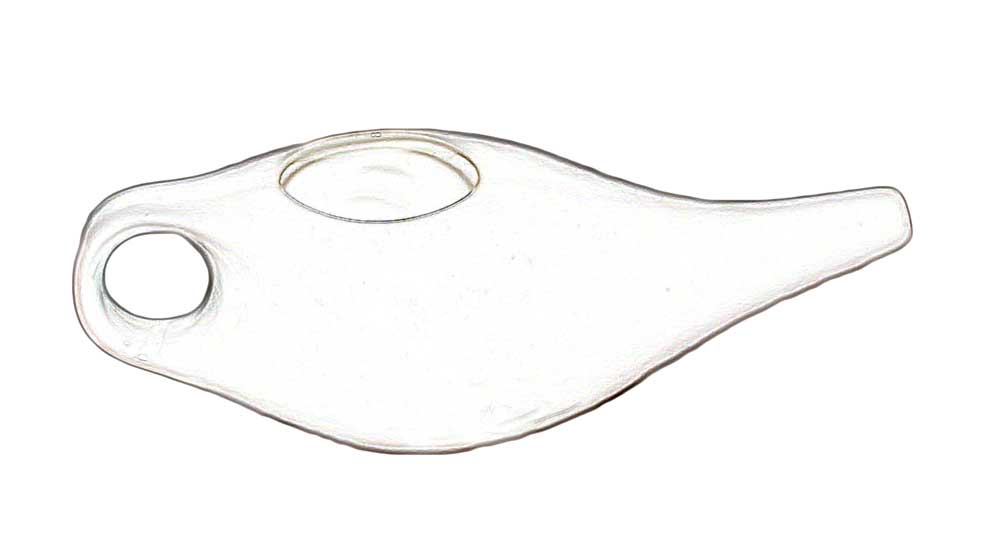
When I started learning yoga, one of the first teachings was the use of a neti pot. After 30 years, I am still learning how valuable it is to the meditator. You want airflow in the nostrils to be as balanced and clear as possible. Any deviation from that will be reflected in your mental functioning and will present an obstacle to meditation.
A blanket of thin mucus, carrying toxins and debris, is being continuously moved to the back of the nasal pharynx by microscopic cilia hairs, and is then swallowed. When debris in the mucus piles up, airflow is uneven and less clear. More importantly, swelling of the turbinates, which control nostril dominance, is exaggerated causing a partial or total blocking of a nostril. Left-brain or right-brain functions become dominant and the nature of your meditation is determined. A regular and maybe even daily use of the neti pot will help to clean and control the amount of mucus in your head. It will also help if you have mucus gathering in the throat that results in swallowing while meditating. Note also that lemon cuts mucus.
A larger picture: according to Ayurveda, the home of mucus is in the stomach. When mucus overflows, leaving the stomach and moving up the torso toward the head, a disease condition has begun. This is especially important for those of us who have a primarily kaphic constitution. (Know your Ayurvedic constitution ratios of kapha, pitta and vata. It will affect most of your practice and lifestyle.) Historically, before asanas became the major component of hatha practice, the practices consisted of the shatkarma; six cleansing acts: dhauti, vasti, neti, nauli, trataka and kapalabhati. Two of the six practices targeted mucus: dhauti (swallowing a cloth) and jala neti (neti pot).
